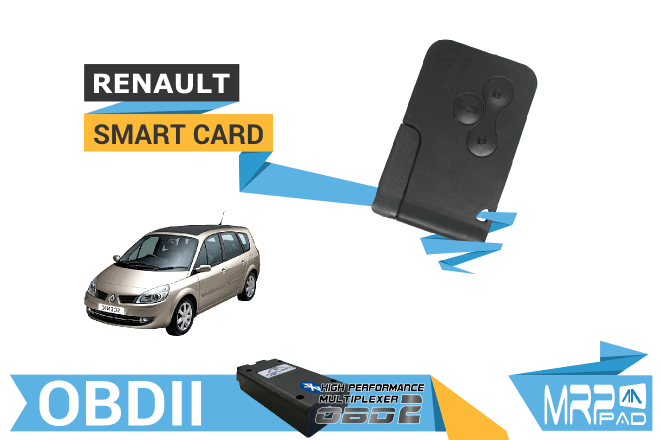• 4/5-speed • 3-speed automatic () Dimensions 2,448 mm (96.4 in) MkI 2,444 mm (96.2 in) MkII 2,432 mm (95.7 in) (Ritmo Abarth) Length 3,937 mm (155.0 in) Width 1,650 mm (65.0 in) 1,663 mm (65.5 in) (Sport/Abarth) Height 1,400 mm (55.1 in) 850–955 kg (1,874–2,105 lb) Chronology Predecessor Successor The Fiat Ritmo is, front-engine, front-wheel drive family car manufactured and marketed by, launched in April 1978 at the and offered in 3- and 5-door hatchback and cabriolet body styles — from 1978–1988 with two. Styled by at Fiat's Centro Stile in Turin, export versions for most English-speaking markets were marketed as the Strada. In 1979, SEAT Ritmo production began in Spain, with a in 1982, the. Leica 407 total station manual full version free software download.
FIAT EXAMINER. Description: The new FIAT, LANCIA and ALFA ROMEO vehicles are more and more endowed to guarantee safety, comfort and quality service to customers. Diagnostics vanguard devices are essential to give the customer the best repair service. Free examiner fiat downloads. Using Examiner Fiat Free Download crack, warez, password, serial numbers, torrent, keygen, registration codes. Found results for Fiat. The word 'keygen' means a small program that can generate a cd key, activation number, license code, serial number, or registration number for a piece of software.
The name Ritmo derives from the Italian for 'rhythm', and Strada derives from the Italian for 'road.' Production reached a total of 1,790,000 and ended in early 1988 it was replaced by the. A first-series Fiat Strada-cum-Ritmo (UK) Fiat began designing the Ritmo — as a replacement for the — in 1972, following the body style of its as European manufacturers began launching small family hatchbacks, notably the in 1974. Prior to its launch, the press speculated that the project codename 138 would be the final production name, however, Fiat instead gave its new car the Ritmo name, rather than another three digit number. The Ritmo was manufactured at the plant using a system developed by its subsidiary, the 'Robogate' system — which automated the bodyshell assembly and welding process using robots, giving rise to its advertising slogan 'Handbuilt by robots', immortalised in a television advertising campaign showing the robots assembling the Ritmo bodyshells to the strains of Rossini's.

The exterior has plastic bumper fascias integrated into the styling which combined strong round shapes with overall sharp lines, achieving a drag coefficient of =0.38, First series (1978) [ ] The initial engine range included 1.1-litre (60 PS or 44 kW or 59 bhp), 1.3-litre (65 PS or 48 kW or 64 bhp) and 1.5-litre (75 PS or 55 kW or 74 bhp) petrol engines, which were reasonably refined and economical. Suspension was independent all-round, the braking system comprised front discs and rear drums and the wheels measured 13-inch in diameter. Gearboxes ranged from a standard four-speed manual (five-speed optional on CL models) and an optional three-speed -derived automatic. Its boot capacity ranged from 330 to 1,100 litres. The Ritmo finished second in the awards, finishing narrowly behind the winning car, the - which was similar in concept. The initial range in Italy was designated by their respective engine horsepower (PS): • 60 L (3- and 5-door, priced ₤4,407,000 to 4,608,000) (prices in lire ) • 60 CL (3- and 5-door, priced ₤4,4679,000 to 4,879,000) • 65 L (5-door, priced ₤4,726,000) • 65 CL (3- and 5-door, priced ₤4,797,000 to 4,997,000) The CL range were the better-equipped models (with the 60 CL comprising 80% of total initial sales in Italy) and the whole range also distinguished itself by having numerous optional accessories unseen in past Fiat cars.
These included: larger tyres; a rev counter; stereo system; safety seatbelts and headrests; passenger-side rear view mirror; split-fold rear seat; tinted windows; rear window wiper; rear window defroster; metallic paint; sunroof (the most expensive at ₤259,60). The instrumentation was incorporated in a rectangular pod with modular slots that could house various gauges and switches, either standard depending on the model or optional (e.g. Digital clock and switches for hazard lights or adjustable-speed ventilation fan). Export markets also received the 1.5-litre 75 CL with a five-speed manual, a model which was initially unavailable in the domestic Italian market. The colour of the interiors was determined by the external paint, as follows: • beige interior: azzurro rodi (light blue), rosso cina (red), verde Kent (green) and metallic verde medio (medium green); • blue interior: bianco yacht (white), blu lord (royal blue) and metallic azzurro (light blue) and alluminio (silver); • brown interior: arancio messico (orange), grigio jet (grey) and metallic rosso rame (copper). The Ritmo was criticized for its basic interior trim (e.g.